The colours of the Siberian cat
Traditional or neva masquerade? Tabby or solid? Silver or sunshine?
But what will my kitten look like as an adult?
How lucky we are to have a breed with so many different colour options! But sometimes it's hard to find your way around, and that's perfectly normal.
Here's a small, non-exhaustive list of the different colour variations of our kittens at Envol Sibérien.
Thank you to the "parents" for sending us these beautiful photos of their babies born at home 😊
Traditional Siberians
Traditional Siberians can be tabby or solid.
The eyes can be green, gold or gold to green, and very rarely blue.
Traditional Siberian tabby
Tabbies are available in both neva and traditional styles, and they're my favourite with the eye contour make-up that gives them an incredible look!
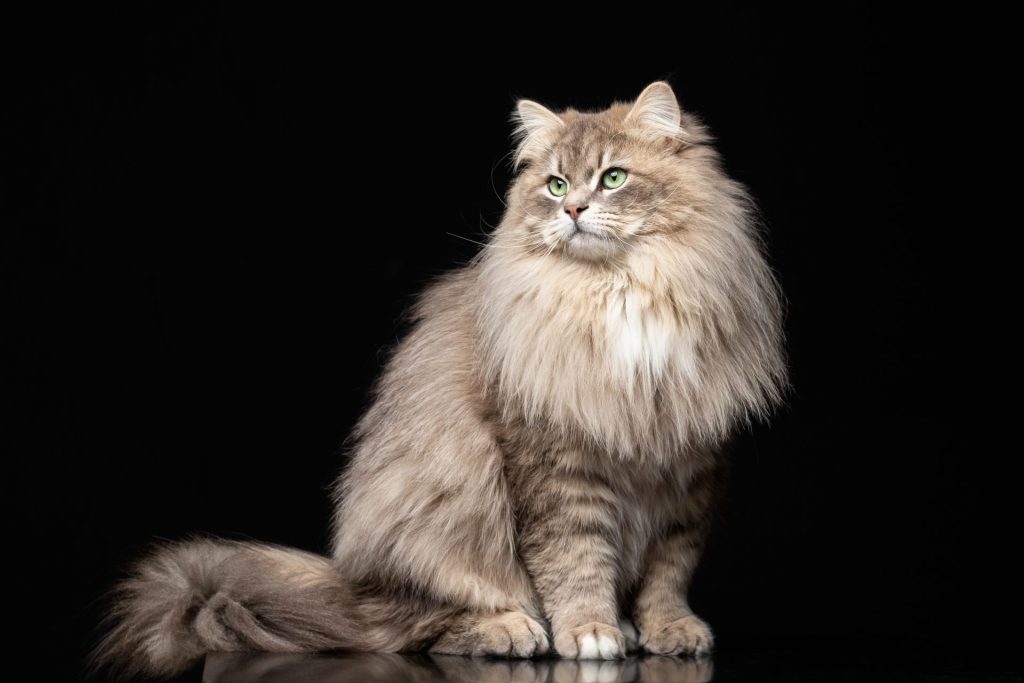
Blue mackerel tabby
Our Francis takes a break ❤️
Blue" is indeed grey! But it seems that mice are grey and cats are blue!
Blue can vary enormously from a steel grey to more beige colours.
The 'mackerel' corresponds to fairly fine, tightly-packed stripes, the true tiger coat in a way. On the long haired Siberians, the stripes are often quite shaded on the body and stand out well on the tail and legs. On the head, they create a pretty M shape and white make-up around the eyes and chin.
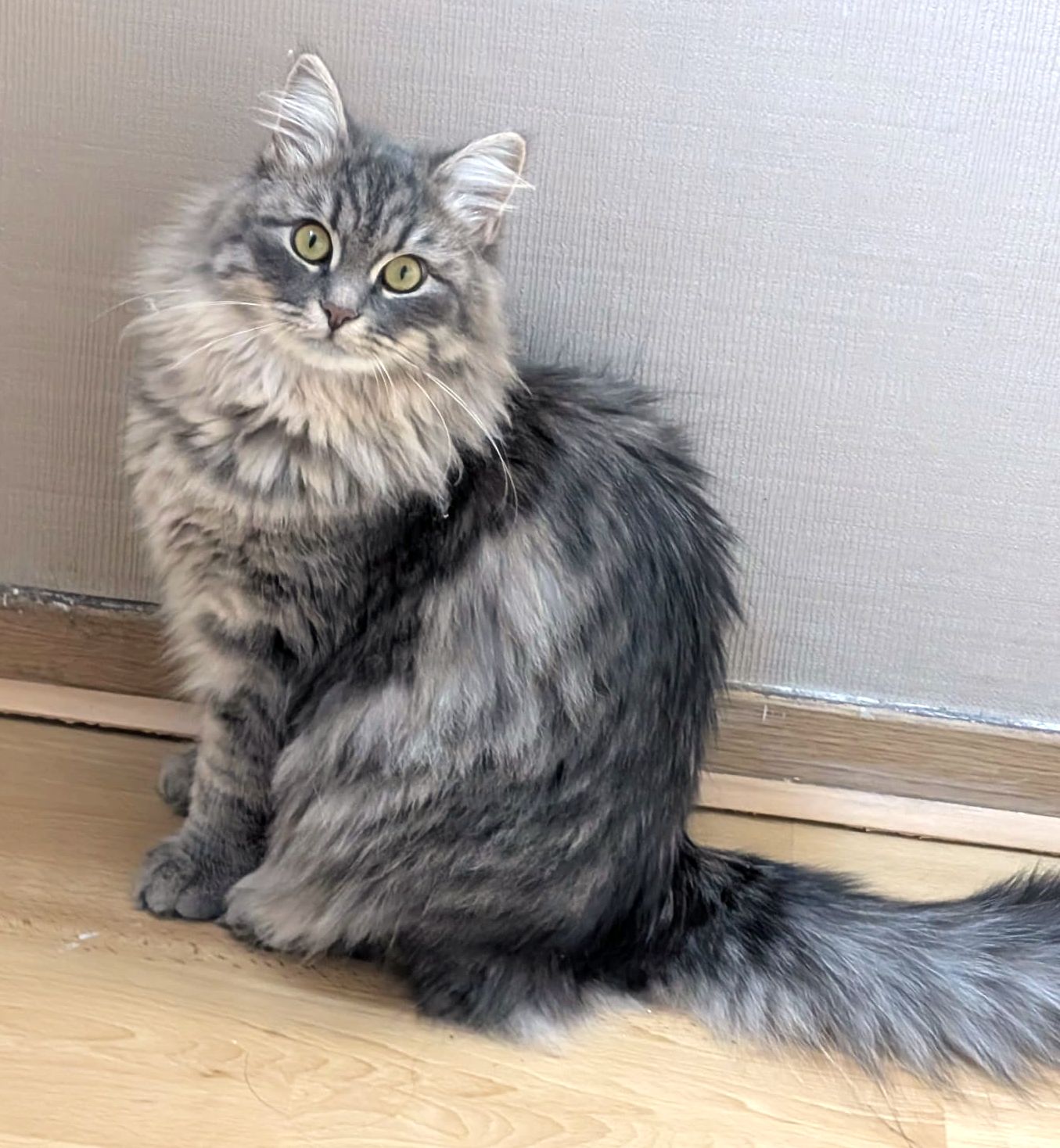
Blue silver mackerel tabby
The superb Viennese L'Envol Sibérien, daughter of Josette and Francis.
The silver can be more or less pronounced, and is light for Viennoise, meaning that there is more colour than white.
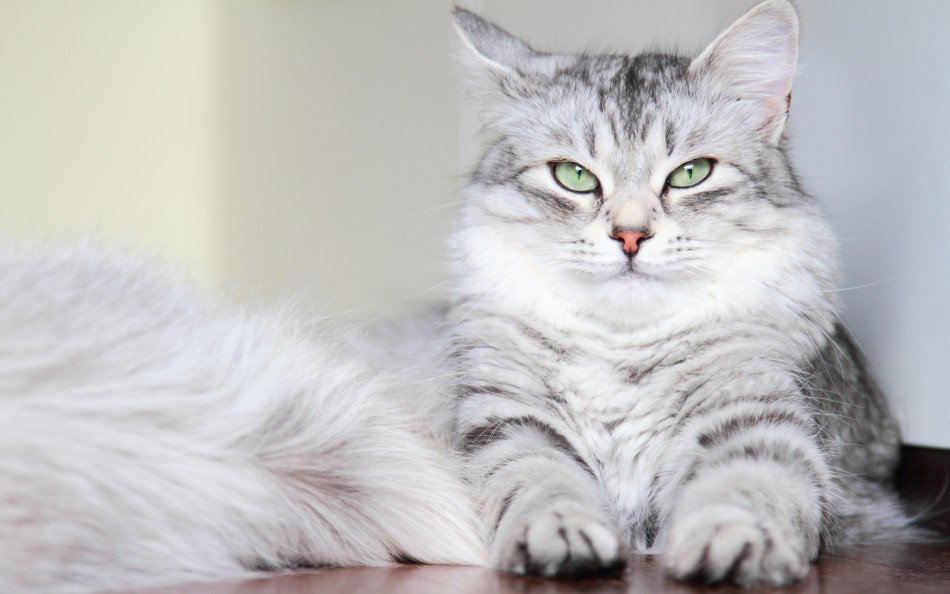
Black silver mackerel tabby
Our beautiful Simone.
You can see here that the silver, unlike Viennoise just above, is very pronounced, with more white than colour.
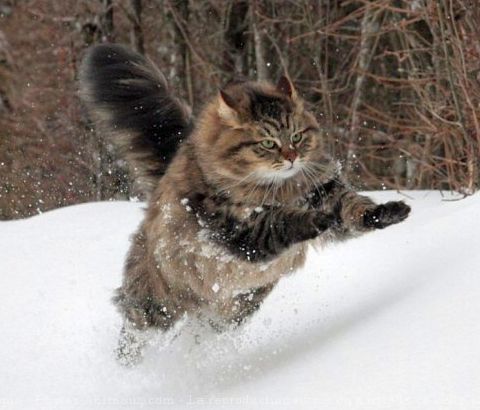
Brown mackerel tabby
The superb Bacio in the snow ❄️.
The true original colour of Siberian.
This is the wild look par excellence.
As with blue, shades can range from the darkest brown to the lightest, almost orange.
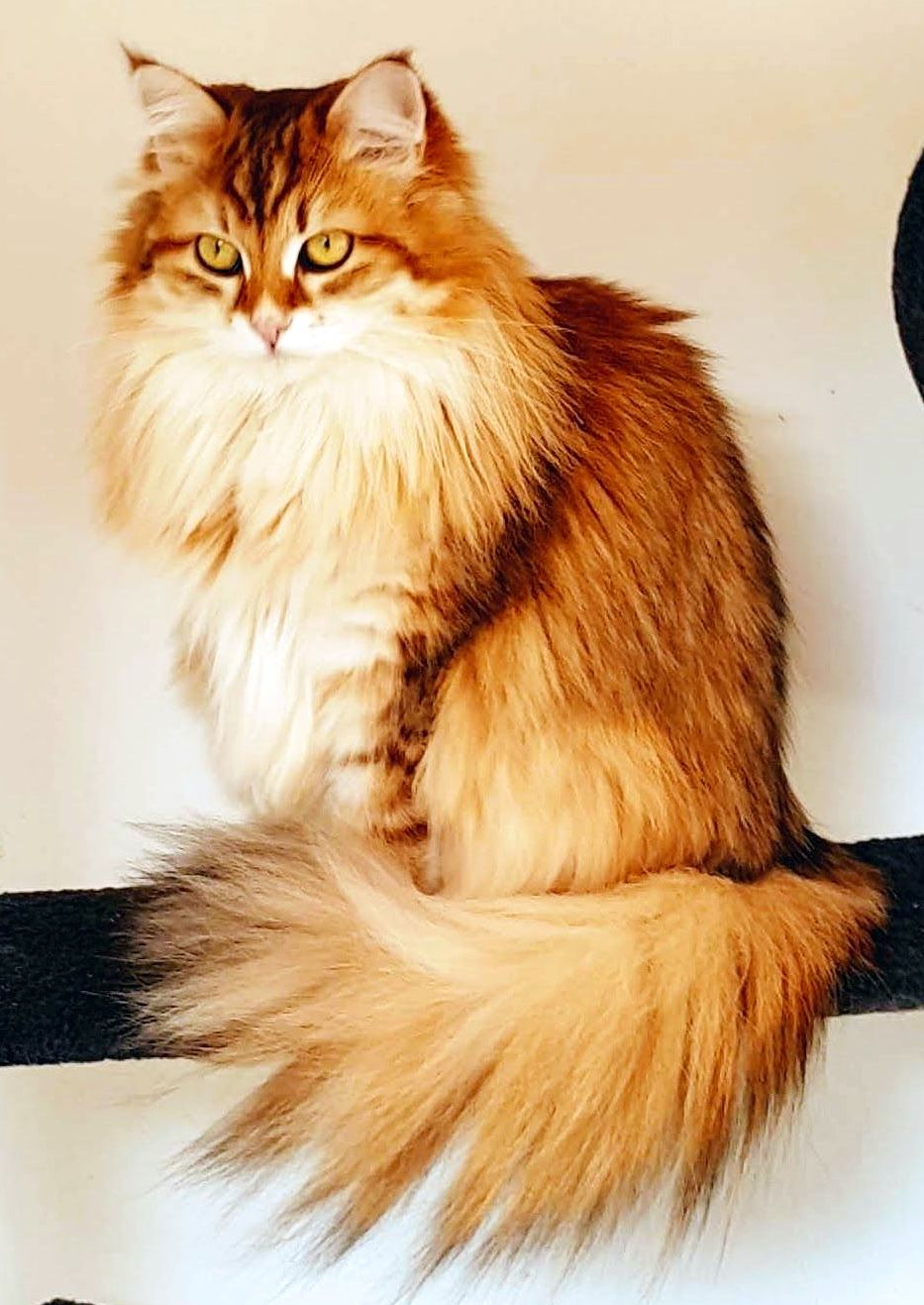
Black golden tabby
Our beautiful Nugget 🍁
Another one of my favourite colours!
And no, she's not a redhead! She's golden (=sunshine), and a flamboyant golden! As with all the other shades, it can be more or less pronounced. Pépite's is very pronounced.
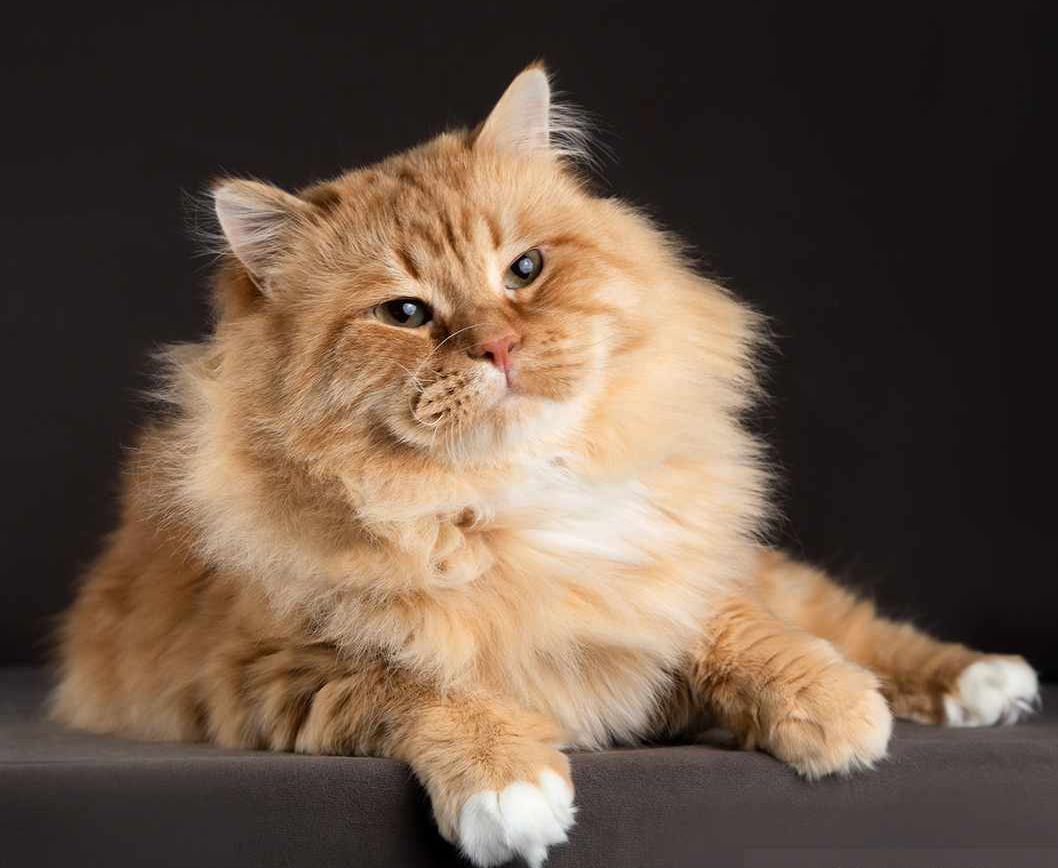
Red tabby
Punch Top Matryoshka, father of our Francis
And here's a redhead, a real one this time.
Traditional Siberian solid
Both neva and traditional varieties have solid colours.
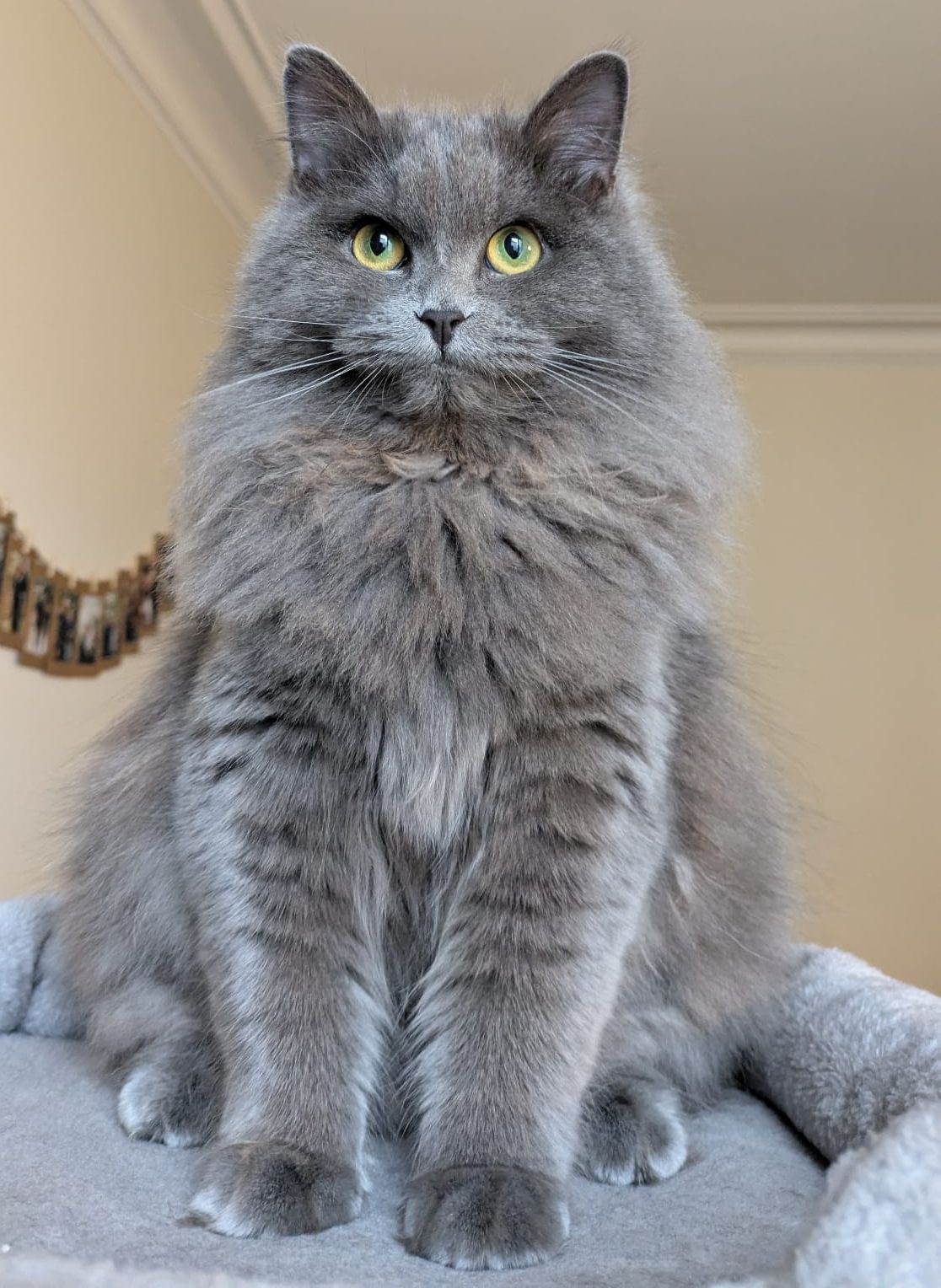
Blue
The superb Vinca l'Envol Sibérien.
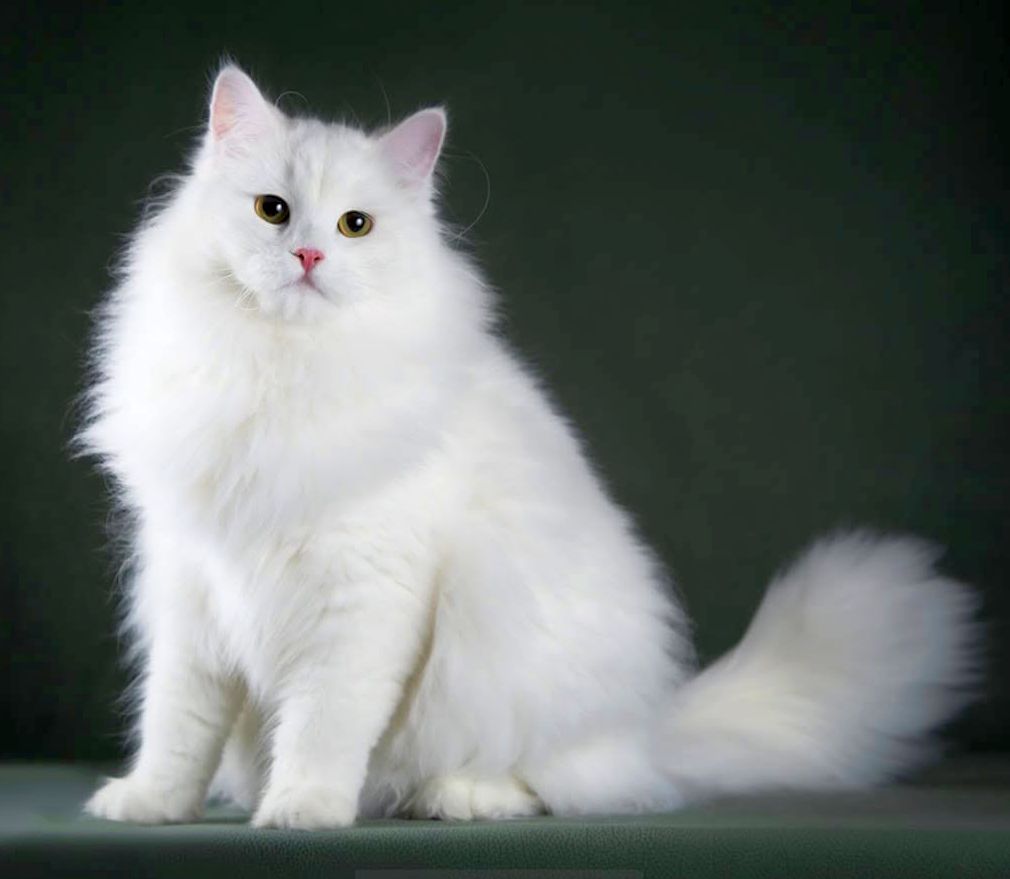
White
This beauty was born in Russia, in the same kennel as our male Francis.
She is presented to illustrate this beautiful colour, but we cannot have white kittens at fledging because we do not have any breeders carrying the "white" gene.
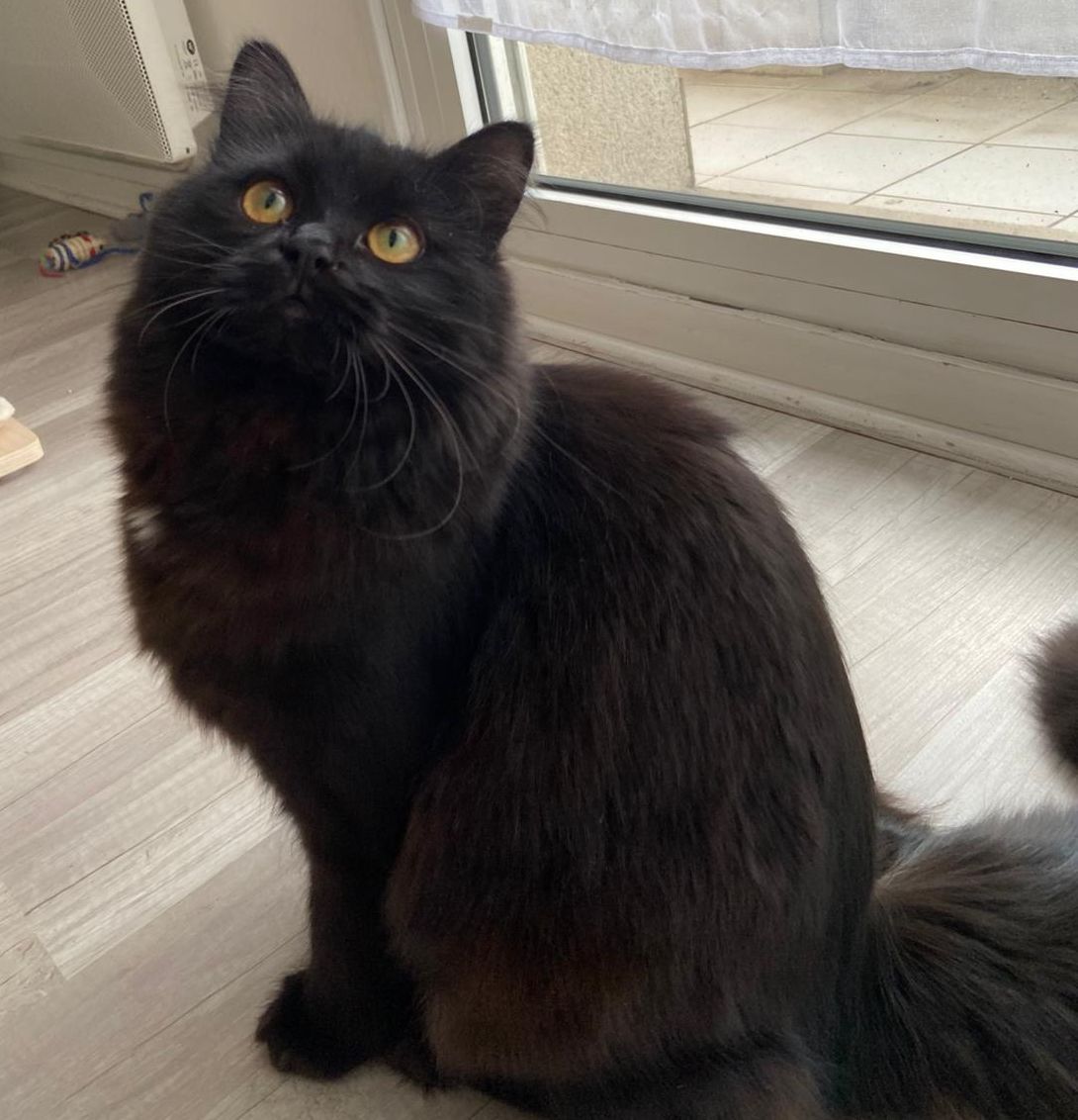
Black
Little Vuranie l'Envol Sibérien, 8 months old in the photo.
Unfortunately, black kittens are often the last to be adopted. It seems that old superstitions are still very much alive...
It's a gorgeous colour that I really like, though, as it brings out the colour of the eyes and looks great on our Siberians.
The Siberians neva masquerade
Neva Masquerade always has blue eyes.
This is the CP gene: "Colour Point", whose colouring depends on temperature. Kittens are therefore born all white because they were warm in their mother's womb. As they grow, the colder areas, and therefore the extremities, become coloured. It's incredible to see the kittens take on a little colour every day! As adults, nevas have light bodies (white, light grey or beige) and darker heads, legs and tails, depending on their initial colour.
Interested in adopting a Siberian kitten?
Come and see if we have any kittens available at the moment.
